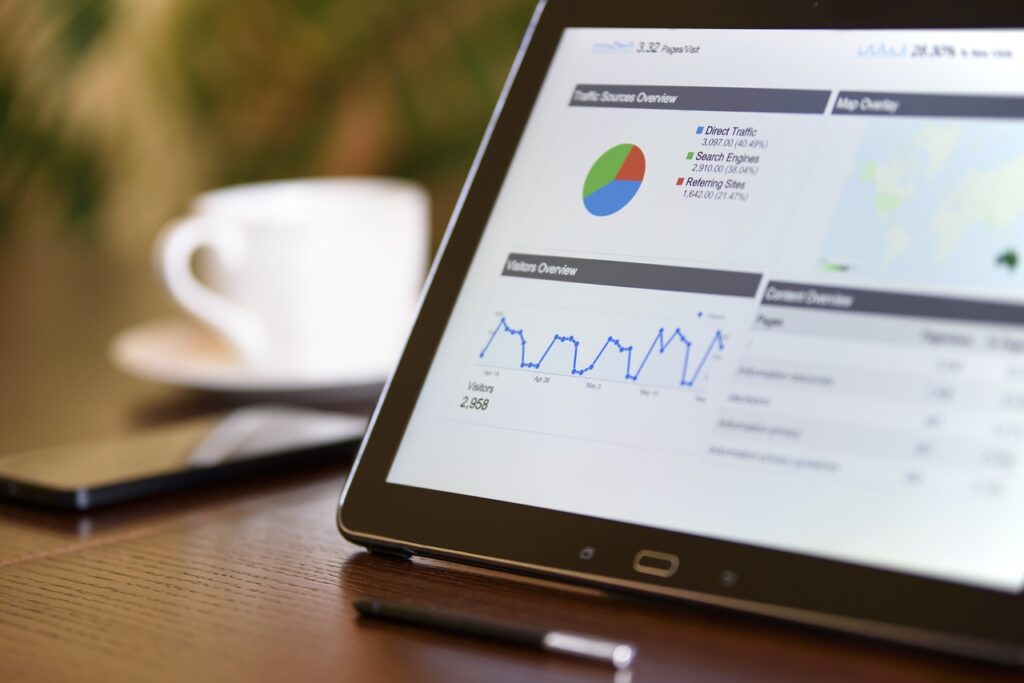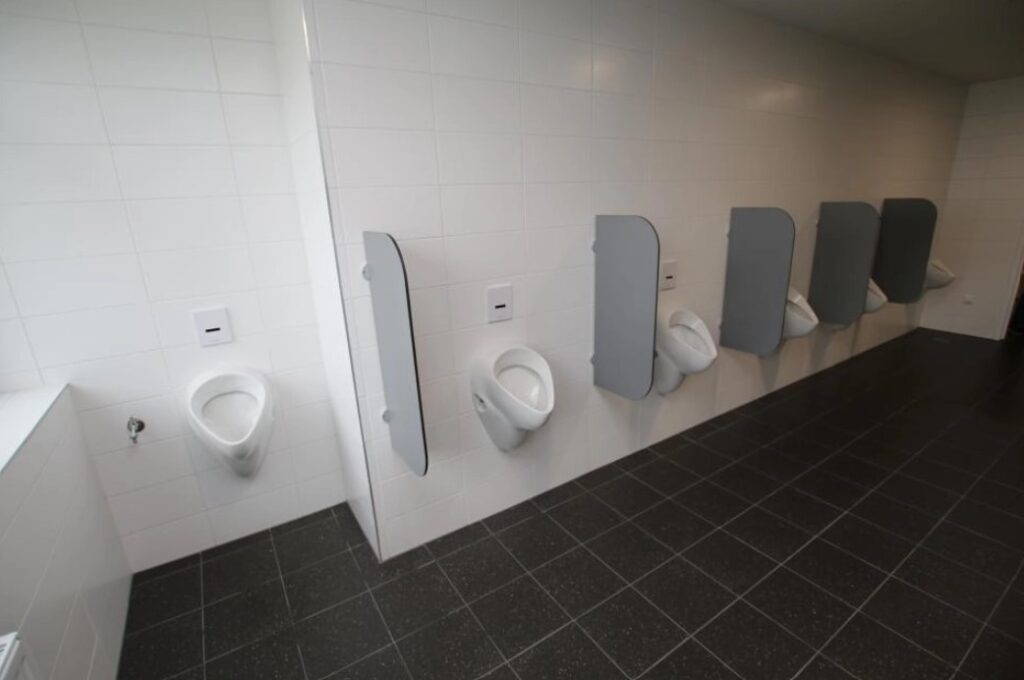The sanitary industry has seen rapid advancements, with businesses like Alsanit NL leading the charge in innovation. However, even the most cutting-edge products require effective digital strategies to connect with the right B2B clients. To thrive in this modern landscape, understanding and implementing targeted digital marketing is essential.
Continue reading to explore digital marketing strategies that are tailored to attract B2B clients in the sanitary industry.

To thrive in this modern landscape, understanding and implementing targeted digital marketing strategies is essential. For a company like Alsanit NL, which prides itself on pioneering technology and creating long-lasting solutions for the sanitary industry, leveraging digital channels can significantly enhance visibility and engagement with potential clients.
1. Understand Your Target Audience
Before diving into campaigns, defining your target audience is crucial.
In the sanitary industry, clients may range from construction firms to architectural studios and facility management companies.
Here are a few things you need to consider:
- Identify pain points: Research what challenges your audience faces, such as durability, hygiene, or sustainability.
- Segment your market: Create profiles based on industry type, company size, and geographical location to craft tailored messaging.
This foundational knowledge will guide every aspect of your digital marketing strategy.
2. Develop a Strong Online Presence
Establishing a professional and informative website is another key strategy to attract and convert B2B clients.
As a rule of thumb, your website should clearly communicate your brand, products, and services. For instance, if you’re offering sanitary partition walls for cubicles and urinals, it’s best to highlight your products’ innovations, certifications, and case studies that demonstrate their value.
Also, your website should be user-friendly, mobile-responsive, and optimized for search engines. Equally important is to ensure a streamlined navigation to allow easy access to critical pages like product catalogs, technical specifications, and contact forms.Integrating secure options through open banking solution providers can further enhance convenience for clients, simplifying transactions and improving the overall purchasing experience.
3. Leverage Content Marketing to Build Authority
High-quality content is key to establishing trust and authority.
- Blog posts and guides: Write about trends like sustainable materials or smart sanitary solutions.
- Webinars and videos: Create engaging formats to educate potential clients on your products.
- Whitepapers: Offer downloadable insights on industry challenges and solutions.
This approach positions your brand as a knowledgeable leader while nurturing client relationships.
4. Take Advantage of the Power of Social Media
Social media platforms are powerful tools for engaging with B2B clients.
LinkedIn, in particular, is ideal for connecting with industry professionals and showcasing your company’s achievements.
Regularly post updates, share industry news, and engage with your audience through comments and messages. All these can help increase your visibility and build trust and credibility within the industry.
5. Invest in Pay-Per-Click (PPC) Advertising
PPC advertising can help you reach a larger audience quickly. Platforms like Google Ads and LinkedIn Ads allow you to target specific demographics and industries, ensuring that your ads reach the right people.
Investing in PPC campaigns can drive traffic to your website, generate leads, and ultimately increase sales.
6. Leverage Analytics and Data
Data-driven decision-making is essential for optimizing your digital marketing efforts. Use analytics tools to track the performance of your campaigns and understand what works best for your audience. Analyzing metrics such as website traffic, conversion rates, and engagement can provide valuable insights into your marketing strategy. By continuously monitoring and adjusting your campaigns, you can achieve better results and maximize your ROI.
Conclusion
Digital marketing has transformed how businesses in the sanitary industry attract and retain B2B clients. By understanding your audience, developing a strong online presence, leveraging content, social media, and PPC advertising, and effectively using analytics and data, you can position your brand as a leader in the field. These strategies, when implemented effectively, ensure your business stays ahead in the competitive market.









0 Comments